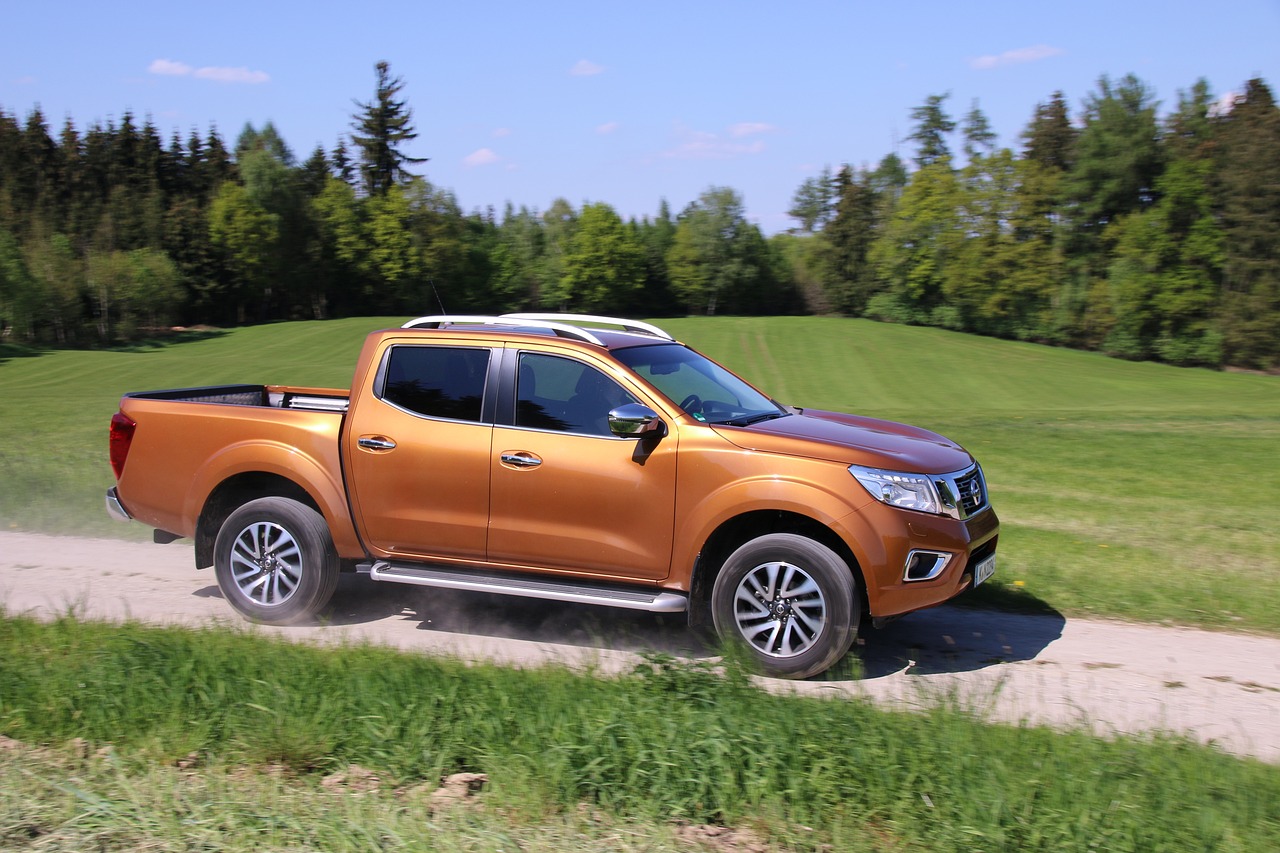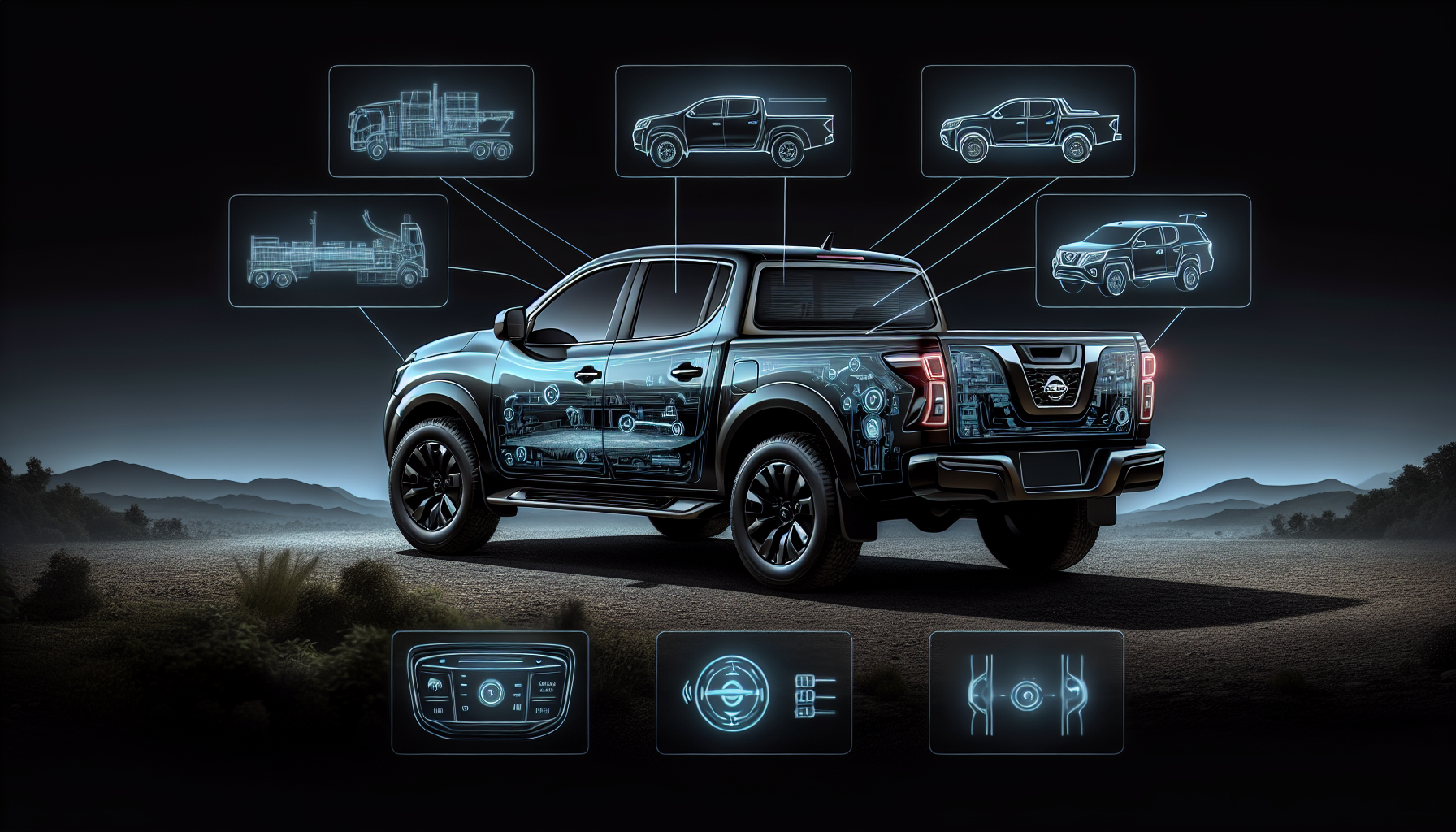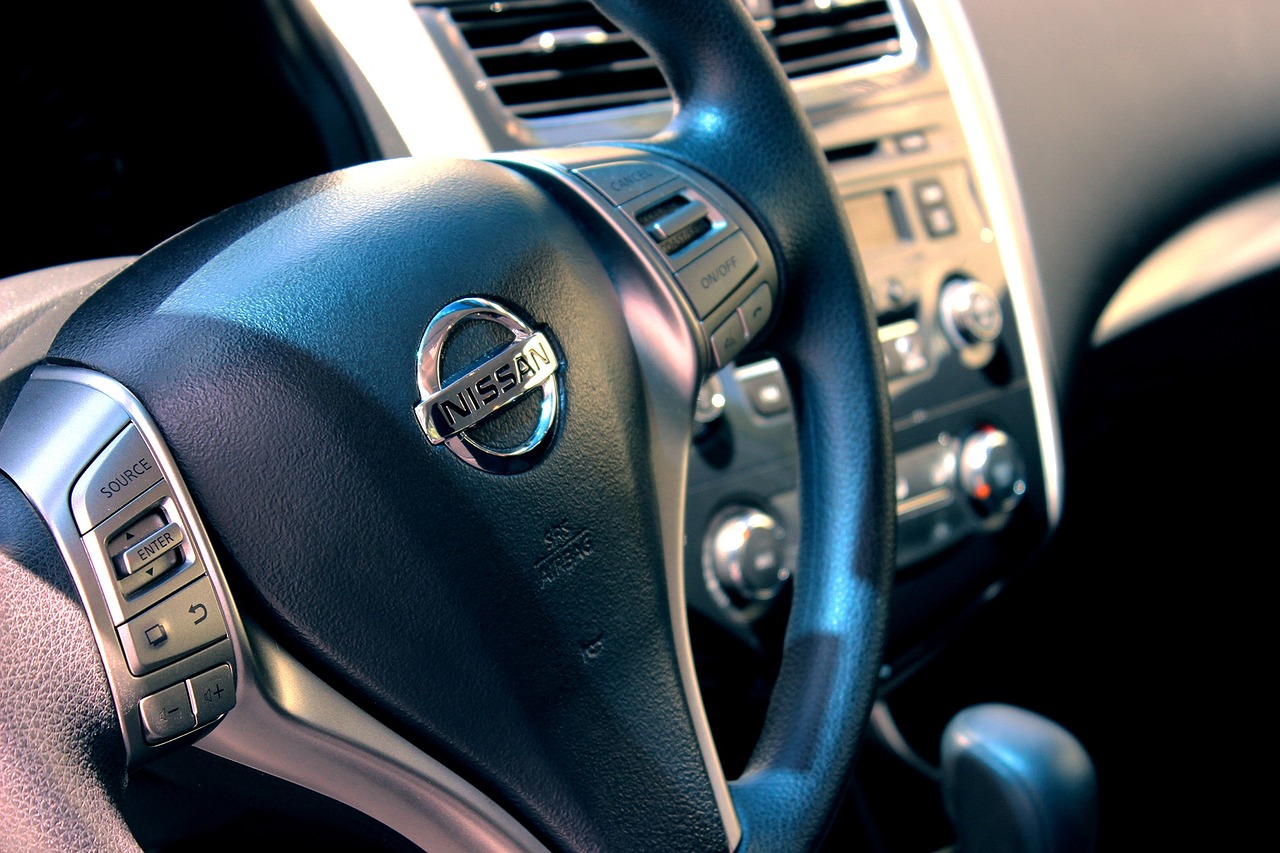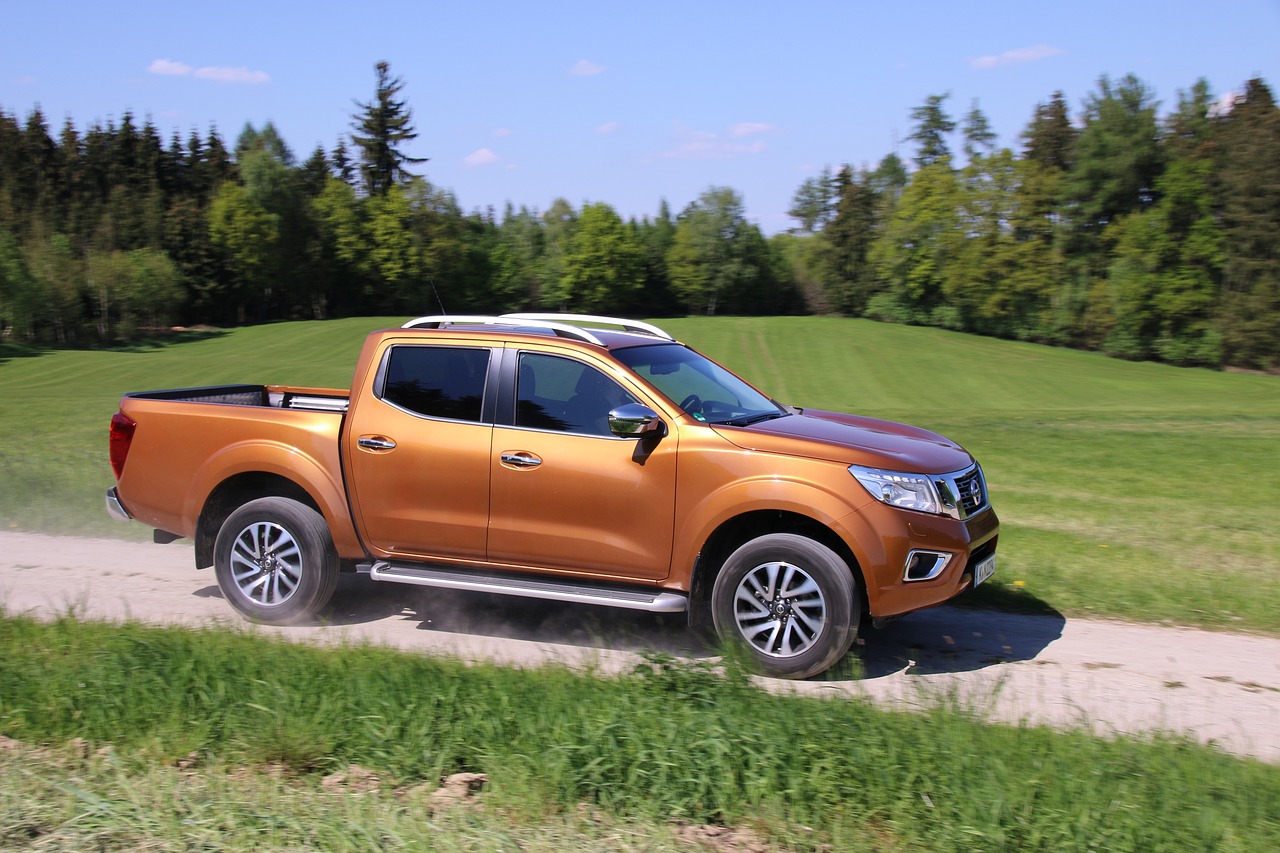Nissan’s Navara has built a reputation as a tough and reliable workhorse, but like any vehicle, it’s not immune to problems. The 2018 Navara features, while generally well-regarded, have a few recurring issues that owners should keep an eye on. If you’ve noticed a strange noise, a stiff clutch, or unpredictable suspension behavior, you’re not alone. Let’s break down some of the most common troubles and what you can do to fix them.
Engine Problems and Fixes
Nobody wants engine trouble, especially in a utility vehicle meant to take on heavy loads and long journeys. One of the most frequently reported concerns with the 2018 Navara is excessive oil consumption. Some owners have found themselves topping up oil far more often than expected.
A likely culprit? Worn piston rings or faulty valve stem seals. Before jumping to conclusions, check for visible leaks around the engine bay. If there’s no sign of oil escaping, the issue might be internal, requiring a compression test to confirm.
Potential Fixes:
– Ensure you’re using the manufacturer-recommended oil grade.
– Regularly inspect and replace the PCV (Positive Crankcase Ventilation) valve if clogged.
– If excessive burning continues, a mechanic should assess for piston ring wear. This isn’t a DIY fix.
Some owners have also reported intermittent rough idling or sluggish acceleration. A clogged EGR (Exhaust Gas Recirculation) valve might be at fault. Cleaning or replacing the EGR could restore performance and fuel efficiency.
Common Electrical Glitches
Electrical issues can be frustrating because they often appear out of nowhere. One recurring headache with the 2018 Navara is battery drainage. Some drivers find their battery going flat overnight, even with no obvious cause.
Possible Causes:
– A faulty alternator failing to charge the battery properly.
– A parasitic drain caused by a stuck relay or a malfunctioning component.
What You Can Do:
– Use a multimeter to check for unusual current draw when the vehicle is off.
– Inspect the alternator’s output using a voltmeter. Readings should be around 13.8-14.5 volts when the engine is running.
– If all else fails, check online community forums. Many owners have pinpointed specific fuses linked to parasitic drain issues.
Another frustrating issue? Dashboard warning lights coming on for no apparent reason. Sometimes, a loose ground connection near the battery or engine bay triggers false warnings. A quick inspection and retightening of terminals might save you from an unnecessary mechanics bill.
Suspension and Handling Concerns
The Navara’s rear suspension is a hot topic among owners. The stock leaf springs on earlier models of this generation were criticized for a bouncy, sometimes unpredictable ride. Many drivers have reported excessive body roll, especially when cornering with heavy loads.
If your Navara feels like it’s swaying more than it should, you’re not imagining things.
Solutions to Consider:
– Upgrading to heavy-duty shock absorbers can help stabilize the ride.
– A coil spring conversion kit (available for some models) can significantly improve comfort, especially if you use your Navara for lighter loads rather than heavy towing.
– Checking for uneven tire wear or improper alignment should be part of routine maintenance to avoid unnecessary strain on the suspension system.
Transmission and Clutch Problems
If you’ve driven a manual Navara long enough, you might have noticed the clutch feeling either unusually stiff or wearing out faster than expected. This isn’t just bad luck. It’s a known issue among owners.
A common cause is an aging clutch master or slave cylinder leaking fluid or becoming weak, making shifting gears feel rougher than it should be.
What You Can Do:
– If you notice difficulty shifting or clutch engagement closer to the floor, check the hydraulic fluid level. Low or contaminated fluid could be the culprit.
– Bleeding the clutch system can sometimes restore function, but if the issue persists, replacing the clutch master/slave cylinder may be necessary.
For those with automatic transmissions, delayed shifting or abrupt gear changes have been reported. Sometimes, updating the transmission software at a Nissan dealership can smooth out shifting behavior. If issues persist, a transmission fluid flush may be necessary, but always follow Nissan’s recommended maintenance schedule before diving into fluid changes.
Final Thoughts
The 2018 Nissan Navara, while a solid vehicle, isn’t without its quirks. The good news? Most of its common problems have known fixes, and many can be tackled without a costly workshop visit. Whether it’s addressing excessive oil use, hunting down an electrical gremlin, or upgrading the suspension for a smoother ride, understanding these issues early can save time, money, and frustration.
If you’ve encountered any of these problems, what worked for you? Drop a comment or share your experience to help fellow Navara owners. And if you’re ever unsure, a trusted mechanic or specialized 4×4 expert can offer valuable insights before any major repairs.






